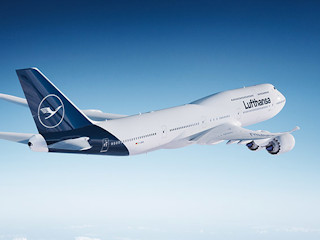Arlanda Express has been running its airport train service for 25 years. As is common among service providers in the travel sector, its legacy systems were beginning to feel cobbled together.
This was most apparent in the customer experience. Points of sale — kiosks, the website, an app — had been built on an ad-hoc basis and had never been unified. This made for a fragmented experience. Tickets purchased on one channel could not be viewed on another channel (e.g., if you bought a train ticket at a kiosk, you could not access that ticket through the Arlanda Express app).
Pricing was similarly fragmented. Because of inconsistent restrictions across sales channels, travelers on the same train might pay different prices, depending on whether they purchased online or from a kiosk.
Even the employee experience suffered. Because of the fractured ticketing system, train attendants had to carry several large pieces of hardware to check passengers’ tickets. One machine would read tickets purchased through one channel, another machine would read tickets purchased through another, and so on. Machine maintenance and even battery life became ongoing problems.
All of this created business-critical concerns for Arlanda Express. Bus, taxi and ride-sharing services were emerging as competitors, even though the train service was much faster and had exclusive use of the rail lines.
The Arlanda Express team came to Valtech for help in transforming its sales channels, its ticket-checking systems and the back end that connects both.






